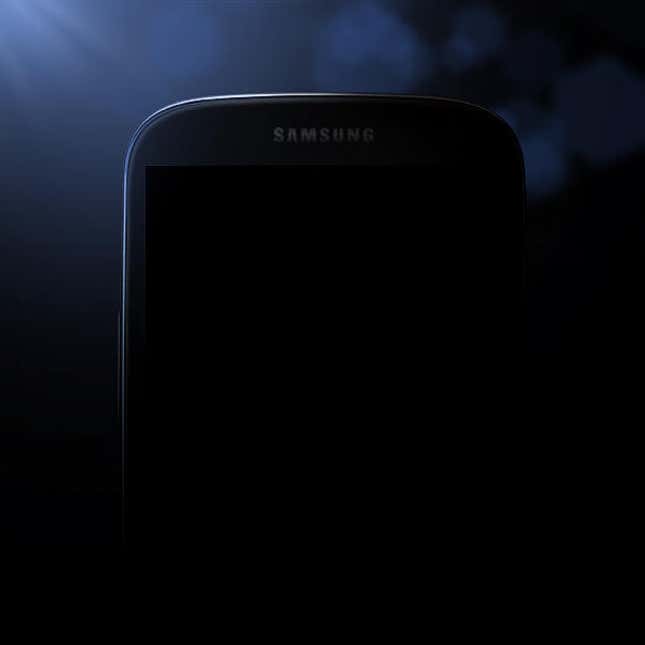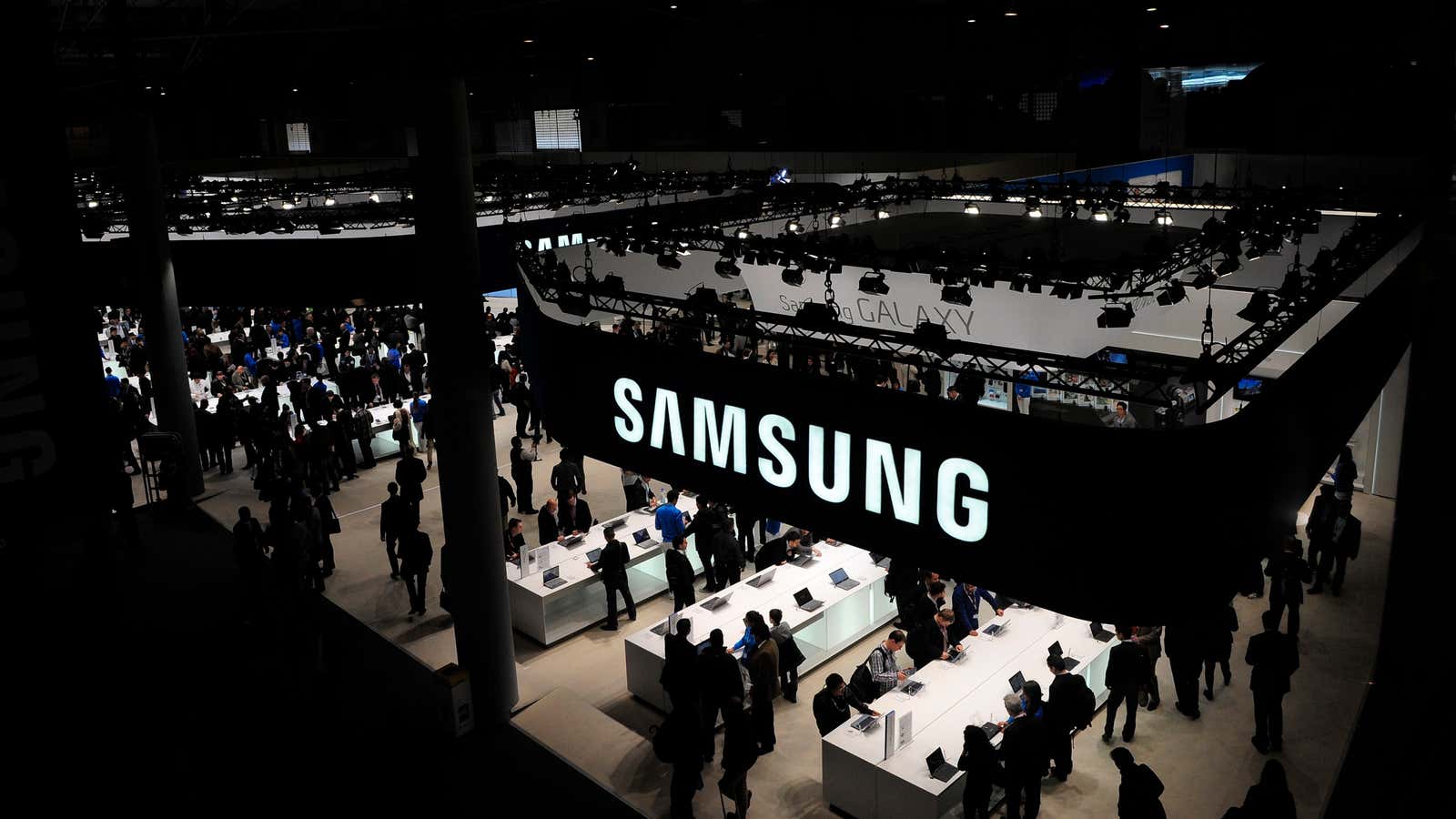In light of other high-end Android phones that have already been announced, it’s hard to see what there is to get excited about in the launch of Samsung’s forthcoming flagship smartphone, the Galaxy S IV. And this isn’t just an issue with this phone, which will be unveiled on March 14—it’s a larger issue with Samsung’s overall phone business, and could spell trouble for the company as Chinese handset makers offer comparable or better phones at the same or reduced prices.

At this point, Samsung is selling a commodity. Unlike Apple, which can bind its hardware to a unique app store and software ecosystem, Samsung’s most popular smartphones run Google’s Android OS, which is available for free to any manufacturer. The app store on the Galaxy line of phones also belongs to Google. Even the microchips, display, memory etc. in Samsung’s phone are, at this point, commodities available to all.
Samsung has played the commodity phone game well up to this point, but it’s easy to forget that in part that’s because the company had a head start. As the primary manufacturer of components for Apple’s iPhone, Samsung had 18 months to two years of visibility into Apple’s plans for the device, and early on recognized that the scale of orders Apple was putting in for parts meant it would be a hit. Samsung reacted by assiduously copying the iPhone, as subsequent lawsuits revealed.
But now even better copyists are coming at Samsung itself. Taiwanese firm HTC has already released a smartphone, the HTC One, with what are essentially the same specifications as those rumored for the Galaxy S IV. Mainland Chinese firms like Huawei and ZTE are beating Samsung to the punch with bigger-better-faster devices, including Huawei’s announcement of the first phone ever to support the ultra-high download speeds some 4G mobile wireless networks are capable of.
ZTE, meanwhile, is looking to differentiate itself from other smartphone makers by using potentially more powerful chips from Intel in its phones. (Most mobile devices, including everything made by Apple, use power-sipping but less speedy chips designed by Intel competitor ARM.) Motorola, which is now owned by Google, is already using Intel processors in its Droid Razr phones, and these aren’t even the fabled “Google X” super phones that could be released as early as spring of this year.
The smartphone business, in other words, suddenly looks a lot like the PC business, with a whole host of companies competing to differentiate from one another based on features—but mostly price. As with the PC industry, it’s likely that margins will be slashed and some smartphone makers (like the ailing Korean firm LG) may go out of business.
This is the one area where Samsung may have an advantage—the sheer scale of the company, and the fact that it manufacturers many parts itself, like microchips and memory, could allow Samsung to hold on even as other players fall by the wayside. But whether or not consumers will continue to opt for “just another pretty good Android smartphone,” which is what all the rumors suggest the Galaxy S IV will be, remains to be seen.
